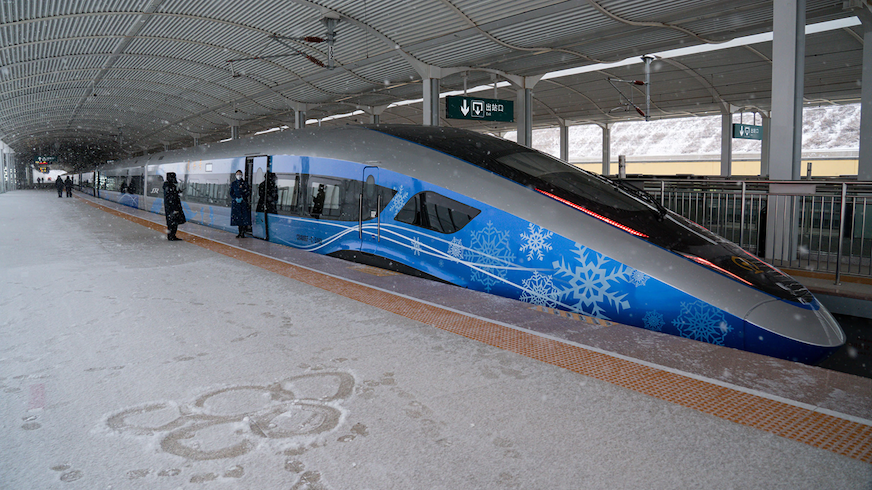World Health Day: Promoting sustainable transport

08 Apr 2022 – On World Health Day – which this year focuses on keeping people and the planet healthy – we look at how past and future Games are helping create healthier environments for their hosts, boosting physical activity, showcasing climate solutions and promoting sustainable transport.
Promoting sustainable transport
Better public transport systems enable more people to travel without cars, reducing greenhouse gas emissions and air pollution. While transport upgrades are not required for the organisation of the Games, many past Olympic organisers have used the event as an accelerator for such developments, creating long-term, positive legacies for the hosts.
London 2012
The Olympic Games London 2012 presented an opportunity for London transport operators to review how services were managed and identify initiatives that could be used in day-to-day operations or to support events in the future. As part of the city’s vision, substantial amounts were invested in its public transport network, bringing more trains, more lines and more accessible platforms, plus a fully accessible bus network.
A decade later, the benefits are still being felt. Commuter travel times were cut by more than 50 per cent on some services between southeast England and the European continent. The Traffic Coordination Centre concept is still used at major London events. And the promotion of cycling and walking at London 2012 is still benefiting the capital’s mental and physical health, while reducing rush hour traffic too.
Rio de Janeiro 2016
For half a century before the 2016 Rio Games, Brazil’s second city had suffered from a severe lack of investment in its public transport system. The transport network was outdated, overcrowded and unreliable.
In 2009, therefore, when Rio won its bid to host the Games, the national, state and city authorities decided to use this as an opportunity to accelerate some of the much-needed upgrades to the city’s transport system. The buses were upgraded, as were the trams and light rail. Improvements included 125km of exclusive bus lanes and 125 bus stations, some 440 articulated buses, and a 16km extension of the metro line.
At the time of the Games, the upgraded transport system allowed some 2.2 million passengers to watch the Games. Already in 2016, some half-a-million people were using the new bus system every day. This has helped reduce travel times and carbon emissions, while bringing health and well-being benefits to the local population.
Beijing 2022
With trains able to travel at up to 350 kilometres per hour, the new Beijing-Zhangjiakou high-speed railway – which was delivered in time for the Olympic Games Beijing 2022 – had carried more than 6.8 million passengers within a year of its launch before the Games. The new train route connected the three competition zones – Beijing, Yanqing and Zhangjiakou – some 180 kilometres apart. It also dropped travel times between Beijing and Zhangjiakou from three hours to 47 minutes.
But the high-speed train was not the only transport upgrade accelerated by Beijing 2022. Upgrades were also made to the Beijing-Chongli highway, and in the Yanqing and Zhangjiakou competition areas, the length of roads was increased by 5.6 and 6.7 percent respectively. A subway line was extended in Beijing, while intelligent bus systems made bus trips more efficient




